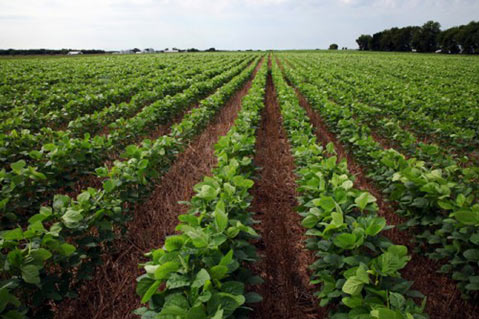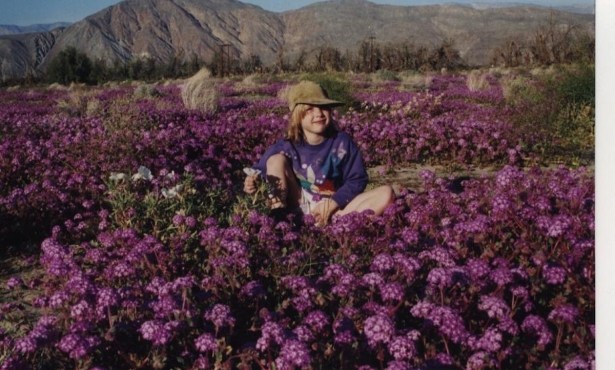Green Your Crib: Can Carbon Farming Save the World?

For the past 20 years, since Ed Mazria calculated that buildings use almost 50 percent of energy consumed in this country, I have been on a quest to make buildings super energy efficient while producing any additional energy needed from site-generated renewables. But now I am coming to believe that there is another option for reducing greenhouse gases that is equally, if not more, important.
A carbon experiment on a small number of ranches in Northern California is establishing a simple, benign way to remove carbon dioxide from the air. UC Berkeley scientists have measured the impact of a one-time spreading of a half-inch layer of compost on rangeland and found, to their surprise, that it boosted the soil’s carbon-sequestration capacity on average by one ton per hectare per year for each of the eight years they have been testing. They forecast that this sequestration process will continue for at least two decades.
Grazing is the largest land use on the planet, and many grazing lands are degraded. If this one-time thin application of compost were applied to a quarter of California’s rangeland, the soil would absorb three-quarters of California’s greenhouse-gas emissions for the year. Since that effect is cumulative, it would keep doing so for a number of years.
For centuries, humans have been bleeding soil-stored carbon into the atmosphere through plowing, overgrazing, and poor agricultural practices. These recent compost applications can reverse this and create what scientists call a positive feedback loop. Plants pull carbon dioxide from the air through photosynthesis and transfer a portion of the carbon to the soil through their roots and soil microorganisms, and then they turn that carbon into a form commonly known as humus. This process improves soil fertility, boosts plant growth, and captures even more carbon while enhancing the soil’s ability to absorb and retain water.
Where is all this compost going to come from, and who is going to pay to have ranchers spread it on their land? The compost has to come primarily from cities. San Francisco composts 700 tons of residential and commercial organic waste every day — the largest such operation in the world. This can become a great resource for ranches. As for compensation, key efforts are being made to incorporate soil carbon offsets in California’s cap-and-trade system as a way to make it profitable for ranchers to restore their land.
Although only recently recognized as a carbon-sequestration strategy, “carbon farming” has already captured the attention of the White House and officials as far away as Brazil and China. This inexpensive, low-tech harnessing of natural systems holds the potential to turn the vast rangelands of California and the world into a weapon to reverse climate change.



